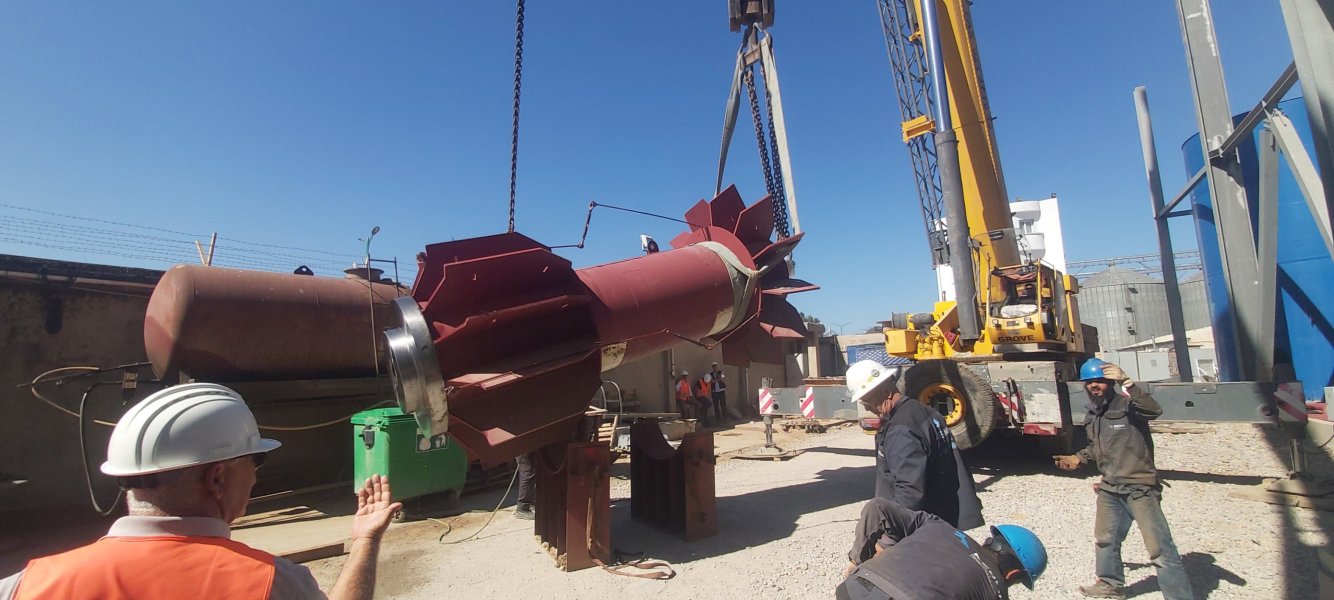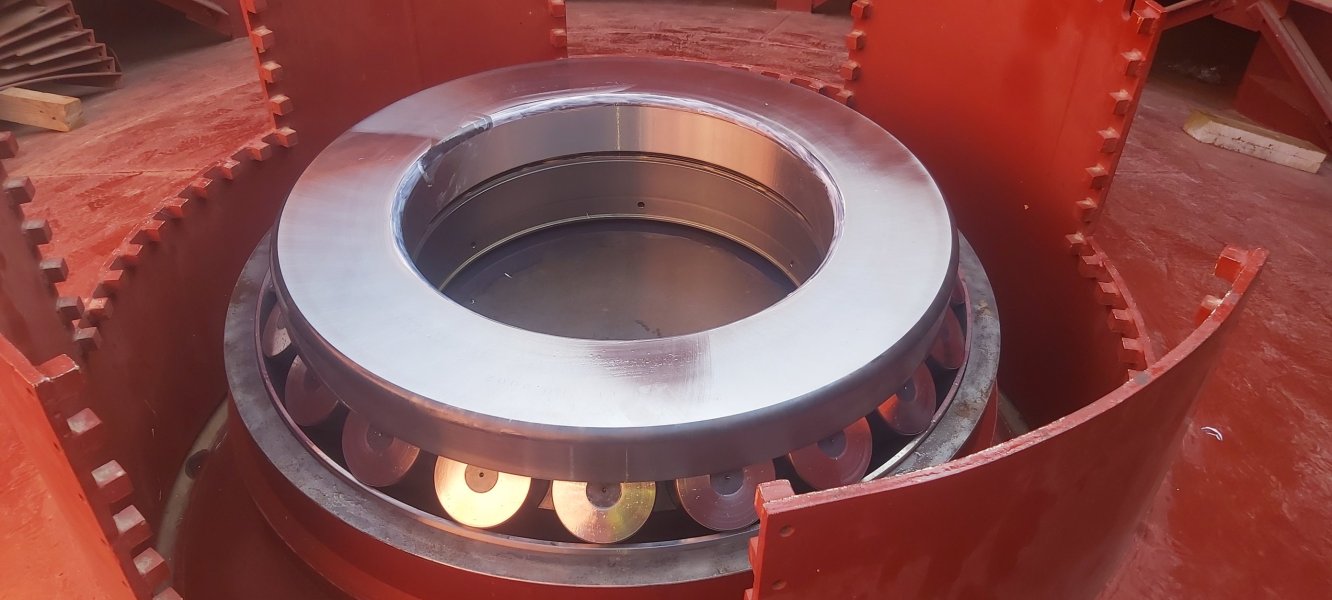As far as I understand there are 2 broad types of air- bearings used in turntables . The first one is what I called a half air-bearing (not sure what the technical term is), with which the vertical plane floats on air, but still has a more conventional bearing/ sleeve to hold the spindle in the horizontal plane. Turntables like the Micro, TechDas, CS Port use this type of air-bearing. The JC Verdier La Platine also works similarly, but uses magnets, instead of air, to float the platter.
The second type is what I called a full air-bearing, with which both the vertical and horizontal plane are float by air. Turntables with this type of air-bearing include the Versa Dynamics, Rockport, Kuzma, and Vyger etc.
The full air-bearing used in the Rockport Sirius II looks similar to this:
Interestingly, the full air-bearing used in the Kuzma XL Air looks very similar to a conventional bearing:
The second type is what I called a full air-bearing, with which both the vertical and horizontal plane are float by air. Turntables with this type of air-bearing include the Versa Dynamics, Rockport, Kuzma, and Vyger etc.
The full air-bearing used in the Rockport Sirius II looks similar to this:
Interestingly, the full air-bearing used in the Kuzma XL Air looks very similar to a conventional bearing:



